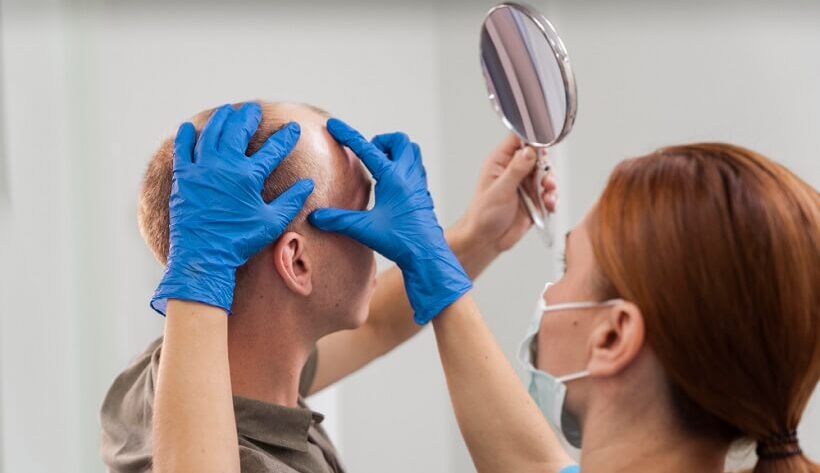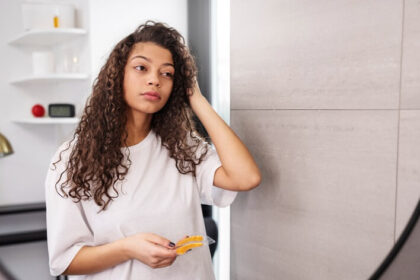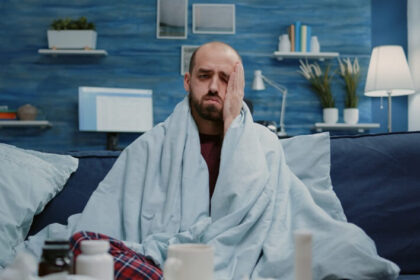Hair loss is a symptom of the autoimmune disease alopecia areata. This condition causes a person to randomly lose hair in round, smooth patches on their scalp, but it can also occasionally affect the entire body. In a few months, the hair normally comes back, although it sheds in a different place. Although there isn’t a known cure for this ailment, there are a number of therapies that can assist manage it.
Injections of corticosteroids
Corticosteroids are an excellent method of immune system suppression since alopecia is caused by your immune system accidentally attacking the hair follicle. Injections of corticosteroids have been shown to be the most successful therapy for tiny patches. The injections should be administered not just to the scalp but also to any other area of the body where alopecia is present. The immune system will be unable to assault the hair follicles after a few injections of a corticosteroid solution into the troublesome location. Four weeks will pass before the hair grows back, but if the therapy is stopped, it can fall out once more.
Immunotherapy
Immunotherapy is the best option for treating severe and complete hair loss. Every week, a tiny area of bald skin receives an application of diphencyprone, with an increase in dosage each time. The skin will get dermatitis from this chemical solution, but the hair should come back in around twelve weeks. Additionally, a serious skin response is a potential immunotherapy adverse effect. It’s also possible for a rash and uneven skin tone to develop, though this is less typical. Furthermore, immunotherapy is restricted to specific facilities, so as long as your treatment is ongoing, you will need to visit them once a week.
Minoxidil
Minoxidil is safe for use in both adults and children, and it may even help some patients grow new hair. It has to be used twice a day to the scalp or any other alopecia-affected area of the body. The hair may begin to come back in around three months, but minoxidil should be taken in conjunction with other therapies for the greatest results.
Anthralin
This medication will change the immunological function of a patient’s skin after application. Applying a tar-like material to the beard, brow, scalp, or any other area of the body should allow it to remain there for 20 to 60 minutes. To prevent skin irritation, the patient should wash it off after this period.
Hair replacement
Patients should think about getting a hair transplant if the less invasive therapies didn’t work. Patients with alopecia typically select specialists from ICCM since they are among the most competent for these kinds of procedures, given the complexity of the treatment. A successful hair transplant takes many procedures. It is recommended that a patient wait nine to twelve months between sessions. Nonetheless, the hair should regrow following the surgery in around six months.
Alopecia areata can be treated in a number of ways; corticosteroids, immunotherapy, minoxidil, anthralin, and hair transplantation are just a few of the options. You may always have gorgeous hair despite the disease by purchasing a wig or two if the bald spots are making you feel uneasy.





